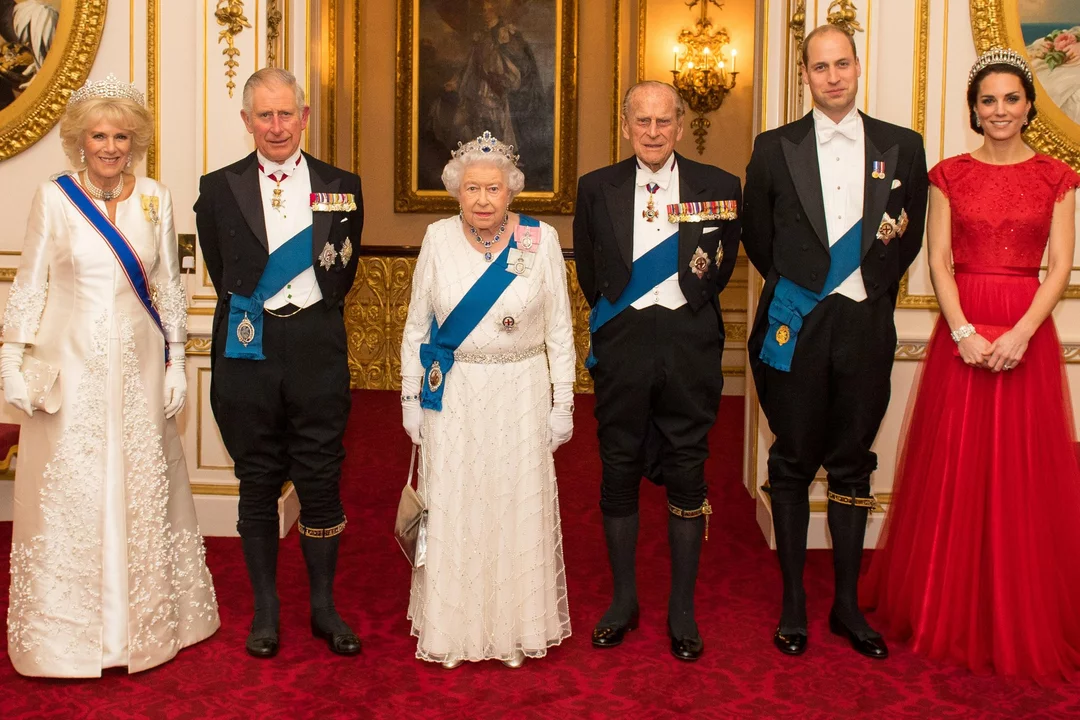Erstwhile Royal Family of Udupi: A Quick Look at Their Past and Present
If you’ve ever walked through Udupi’s old streets, you’ve probably heard whispers about a royal family that once ruled the region. Those whispers aren’t just folklore; they trace back to centuries of real power, patronage, and local traditions. Let’s break down who they were, what they did, and why their story still shows up in today’s news.
Who Were the Royals?
The erstwhile royal family belonged to the Keladi lineage, a clan that rose from humble beginnings in the 16th century. They weren’t kings of a huge empire, but they held sway over much of coastal Karnataka, including Udupi. Their capital shifted between places like Bednur and later Bhatkal, but they kept strong ties to Udupi because of its famous temple and trade routes.
Key figures include Shivappa Nayaka, a ruler famed for his administrative reforms, and his son Chikka Devaraja, who expanded the kingdom’s reach. Both invested heavily in building temples, schools, and sometimes even hospitals. Their inscriptions still dot the stone walls of old shrines, giving us clues about land grants and taxes.
What Did They Leave Behind?
One of the most tangible legacies is architecture. The palace ruins at Bednur, though weather‑worn, still reveal intricate carvings and a courtyard layout that inspired later local homes. The royal patronage also meant that Udupi’s famous Krishna Temple received land endowments that funded festivals for generations.
Beyond bricks and stone, the family played a role in shaping local customs. Their court musicians introduced new ragas that blended South Indian and coastal folk styles. They also championed the use of the Kannada language in official documents, which helped preserve regional literature.
When the British took over in the early 1800s, the kingdom was dissolved, but many family members stayed on as landlords or advisors. Some even entered the Indian freedom movement, using their influence to support local uprisings.
Today, descendants of the royal line live ordinary lives—some run small businesses, others teach at colleges. Yet they still hold a symbolic position. When the city celebrates the annual “Rathotsava,” it’s common to see a member of the former family leading the procession, a nod to the past.
Why does this matter to you? If you’re a resident, knowing the royal background gives you context for land disputes, heritage tourism, and cultural events. If you’re a visitor, the story adds depth to a simple temple visit, turning it into a walk through living history.
In short, the erstwhile royal family of Udupi isn’t just a footnote. They helped shape the region’s language, architecture, and communal rituals. Their influence lingers in every festival, every historic stone, and even in the way locals talk about pride and identity.
So next time you hear someone mention “the old royal family,” you’ll know it refers to a real lineage that left a lasting imprint on Udupi’s landscape and culture. And if you ever get a chance to see the Bednur ruins or attend a temple festival, you’ll be witnessing a piece of that legacy in action.

All riches belong to God, says erstwhile royal family?
In a recent statement, the erstwhile royal family claims that all riches ultimately belong to God. They argue that material wealth is temporary and that everything we have is a blessing from a higher power. This perspective encourages us to reflect on the true purpose of our riches and how we can use them to make a meaningful impact in the world. Personally, I find this notion quite enlightening, as it reminds us to stay grounded and not let material possessions dictate our happiness and self-worth. Overall, the royal family's message serves as a reminder to focus on our spiritual well-being and the importance of sharing our blessings with others.